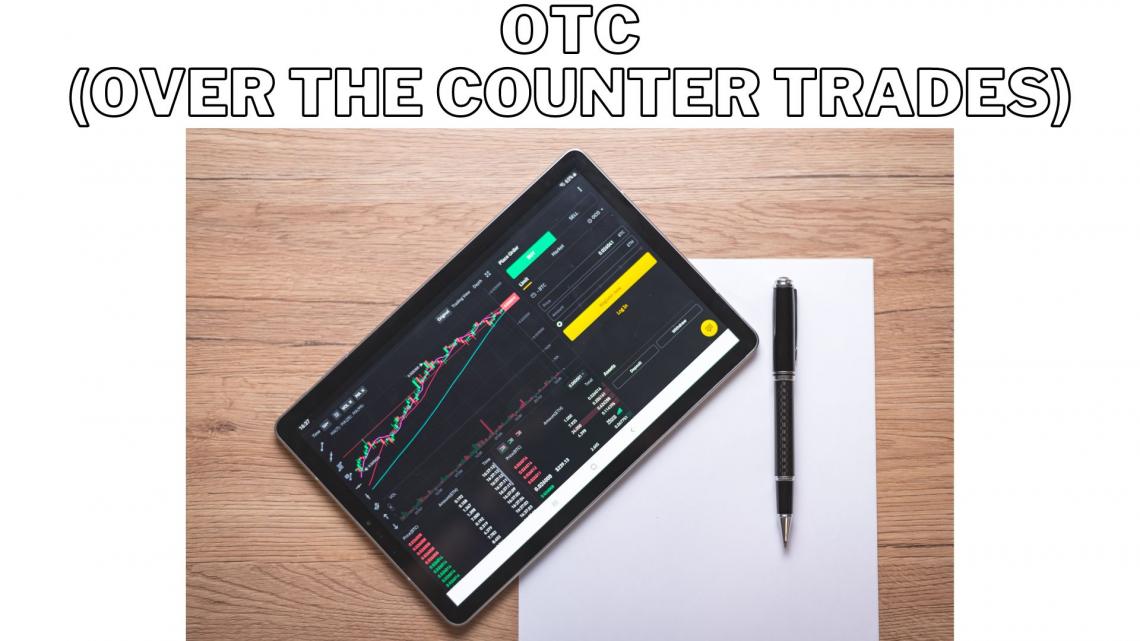Non-Equity Option
It is an option that does not have equity as its underlying asset.
A financial instrument whose price is derived from the change in the underlying asset/security market value is known as a derivative. They primarily consist of F&O, i.e., Futures and options. Both are a kind of contract between two parties looking to gain from the agreement.

Options are financial derivatives that provide buyers the options, but not the obligation, to purchase or sell an underlying asset at a predetermined price and date.
An option that does not have equity as its underlying asset is known as a non-equity option. In the Over The Counter (OTC) market, practically any asset is optionable, but often this refers to a stock index, physical commodity, or futures contract.
A few examples of these fundamental assets are Real Estate and Fixed income derivatives.
The most common underlying assets for such options are commodities and indices. As long as the opportunity doesn't include ordinary stocks, it may be used to describe a range of options.
A derivative contract with a non-equity underlying asset is called a non-equity option. The exchange determines the strike prices, expiry times, and contract sizes for exchange-traded non-equity options, such as gold or currency options.
Buyer and seller act as counterparties to the trade and jointly choose the conditions for OTC non-equity options.

Since there is no certain way to liquidate the option position before expiration, OTC (Over The Counter) non-equity options have a restricted amount of liquidity. There are various reasons why OTC trading is desirable. The parties secretly handle all discussions, agreements, and transactions.
There is the possibility for fantastic bargains and huge profits if exercised, provided that both parties can ultimately reach an agreement that satisfies all demands.
Briefing about Non-Equity Option
They allow investors to hedge against price changes, remove risk, and play one of the most significant roles. The trader may hold various positions on exchanges and utilize the option to offset any potential losses on other assets.
These options can be used with any available strategy for exchange-traded options. These consist of straightforward puts and calls and combination and spread methods that combine two or more options. Iron butterflies strangle, and vertical spreads are a few examples of combos and spreads.
These options make sense since they allow an investor to maintain a well-balanced portfolio by assisting him in risk hedging.
In addition, with the knowledge that he can utilize a non-equity option to restore the balance if the positions significantly rise or decrease, he has more leeway to execute trades and take positions.

But there is no surefire way to liquidate the option position before expiration. So, OTC non-equity options have limited liquidity. As a result, one of the parties must locate a third party to enter into an option contract to balance a position.
Suppose it is not possible to do so. In that case, the investor may purchase or sell another option in a comparable sector to partially balance the movements of the initial underlying asset.
The procedure is substantially more straightforward for exchange-traded options because all the investor has to do offset the exchange position.
- An option contract's terms outline the underlying security, the strike price at which the underlying security can be traded, and the contract's expiration date. For example, a non-equity option may comprise 50 ounces of silver, a $100,000 par value in a sovereign gold bond, or a $17,000 par value in bonds if the counterparties agree.
- An exchange-traded equity option covers 100 shares per options transaction. So as long as two parties are ready to deal, anything is conceivable in the OTC market.
- These options are one of the components of larger trading financial instruments, i.e., derivatives.
- Derivatives consist of futures & Options to trade.
- Exchange Traded derivatives and OTC derivatives.
- Options other than having their underlying entity as common stock are generally options on physical commodities and index options.
- Options contracts having any other thing as an underlying asset other than Equity are considered Non-Equity options.
- Currency-based option derivatives etc., are an example of Non-Equity options.
Researched and authored by Arshnoor Kamboj | LinkedIn
Free Resources
To continue learning and advancing your career, check out these additional helpful WSO resources:




or Want to Sign up with your social account?